
The Benefits of a 150 Gallon Fish Tank
In the world of aquarium keeping, size matters. Both novice enthusiasts and professional aquascapers know that selecting the ideal tank is crucial to creating a thriving underwater ecosystem. A 150 gallon fish tank offers numerous advantages—from improved fish health and wellbeing to an aesthetic centerpiece that transforms any space into a captivating aquatic landscape. Its generous water volume promotes stable water chemistry, minimizes toxic waste buildup, and provides ample space for diverse fish species to flourish. Larger tanks also support more complex aquascaping designs, allowing hobbyists to incorporate intricate rockwork, varied substrate, and live plants to further enhance water quality and provide shelter for fish.
This article outlines the key benefits of owning a 150 gallon fish tank, compares these tanks with the 145 gallon models offered by AquaDream USA, and offers actionable steps for an optimal setup and maintenance. Special emphasis is placed on dimensions, capacity differences, durability, species diversity, and equipment compatibility. By reading this guide, both seasoned aquarists and newcomers will understand how to take full advantage of a 150 gallon setup while weighing the compact efficiency of a 145 gallon tank.
Transitioning into the discussion below, the following sections present concise guidance on each aspect to help you achieve a flawless and enduring aquarium setup.
What Are the Key Benefits of Owning a 150 Gallon Fish Tank?
A 150 gallon fish tank provides a significantly enhanced environment for aquatic life. Its large volume dilutes contaminants such as ammonia and nitrites more effectively than smaller tanks. The improved water stability protects fish from sudden environmental changes while supporting beneficial bacteria that help convert toxins to less harmful compounds.
How Does a 150 Gallon Tank Enhance Fish Health and Wellbeing?
A spacious 150 gallon tank minimizes overcrowding and associated stress, allowing fish to swim freely and exhibit natural behaviors. With improved oxygenation from a larger surface area and more consistent water temperature and pH levels, fish experience fewer health issues. The extra space facilitates the establishment of natural territories for both schooling and solitary species. In turn, reduced stress leads to more vibrant coloration, enhanced reproductive success, and better overall performance in fish.
Why Is a Large Aquarium Ideal for Diverse Fish Species?
The ample space in a 150 gallon tank supports a wide range of species by accommodating distinct biotopes within one aquarium. Different species can coexist comfortably by occupying separate niches, which minimizes rivalries and stress. Larger territorial fish, schooling species, and even delicate species benefit from the ability to establish defined regions with features like driftwood, rocks, and plants. This flexibility allows hobbyists to design balanced, harmonious aquatic communities where each fish can thrive.
What Are the Aesthetic and Design Advantages of a 150 Gallon Tank?
Aesthetically, a 150 gallon tank becomes a stunning centerpiece with its expansive water display. It provides a natural canvas for elaborate aquascaping, where multi-level layouts, lush aquatic plants, and eye-catching rock formations can be arranged artfully. The interplay of light and shadow over the large surface enhances the colors of the fish and plants while lending an overall sense of depth and tranquility. Creative features such as integrated sumps, hidden filtration, and digital monitoring can further enhance both functionality and visual appeal.
How Do the 145 Gallon Tanks We Offer Compare to 150 Gallon Fish Tanks?
AquaDream USA offers both 145 and 150 gallon tanks, each engineered with high-quality materials and precision. While both deliver excellent performance and visual impact, there are subtle differences in size and capacity that affect their optimal use.
What Are the Dimension and Capacity Differences Between 145 and 150 Gallon Tanks?
The 150 gallon tank provides a slightly larger water volume and surface area for oxygen exchange, resulting in more stable water chemistry and gradual temperature fluctuations. In contrast, the 145 gallon model, though marginally smaller, is easier to fit in spaces with tight dimensions. The slight difference in length, width, and height enables hobbyists to select a tank that best meets their spatial requirements while still delivering robust performance.
How Do 145 Gallon Tanks Fit Different Spaces and Setups?
The compact design of the 145 gallon tank makes it ideal for rooms with limited wall space or where a lower profile is desired. Despite its smaller footprint, it still offers nearly the same water stability and environmental benefits as the 150 gallon model. This versatility makes the 145 gallon tank an attractive alternative for both residential displays and public installations where space or décor considerations are paramount. Its ease of maneuverability during installation and maintenance is an additional advantage.
Which Tank Size Offers Better Value for Aquarium Enthusiasts?
Choosing between a 145 and 150 gallon tank typically depends on available space, budget, and desired complexity. The 150 gallon tank offers extra water volume for enhanced stability, making it ideal for larger or more complex setups. Meanwhile, the 145 gallon model provides a cost-effective and space-efficient solution without sacrificing too much in performance. AquaDream USA provides detailed specifications and expert guidance to help customers decide which tank best suits their needs.
How Do You Set Up a 150 Gallon Fish Tank for Optimal Results?
A successful 150 gallon tank setup begins with careful planning and preparation. Every step—from site selection to final equipment adjustments—impacts both the safety and performance of the aquarium.
What Are the Essential Steps in Setting Up a 150 Gallon Aquarium?
First, identify a location with sufficient floor space and structural support, as a fully stocked 150 gallon tank can be extremely heavy. Choose an appropriate stand and design a layout that accommodates all necessary equipment such as filters, heaters, and lighting systems. After positioning the tank, install a multi-stage filtration system tailored for a large water volume. Next, set up and calibrate heating and LED lighting systems to replicate natural conditions. Before introducing any fish, cycle the tank to build a robust population of beneficial bacteria that will help maintain water quality over time.
How Do You Choose the Right Stand and Location for Your Tank?
The stand must be engineered to support the significant weight of a filled tank, including water, substrate, and décor. In addition to stability, consider storage space for equipment. Choose a location that minimizes direct sunlight to reduce algae growth and avoid drastic ambient temperature swings. Ideally, the position should offer unobstructed viewing angles and convenient access to power outlets for a seamless integration with your home or commercial décor.
What Filtration and Equipment Are Best for a 150 Gallon Tank?
Effective water quality management in a large tank requires robust equipment. A multi-stage filtration system—combining mechanical, chemical, and biological filtration—is essential. High-capacity canister filters or sump systems are often used to ensure proper water turnover. In addition, heaters should be appropriately sized for the tank’s mass, and LED lighting provides energy efficiency as well as consistent light cycles to stimulate plant growth. Circulation pumps and automated controllers can be incorporated to maintain even water distribution and monitor key parameters like temperature, pH, and nitrate levels.
What Fish Species Are Best Suited for a 150 Gallon Fish Tank?
A 150 gallon tank is versatile enough to house a wide variety of fish species, from small community fish to larger, territorial species. Its generous size allows for diverse assemblages that can include both schooling fish and species requiring individual territories.
Which Community Fish Thrive in a 150 Gallon Aquarium?
Schools of tetras, barbs, and danios thrive in spacious environments where they can swim freely and form cohesive groups. The stable water conditions of a 150 gallon tank promote healthy reproduction and vibrant coloration in these community species. Additionally, well-planned aquascaping with plants, rocks, and driftwood provides ample hiding spots for more timid species, thereby reducing stress and aggressive interactions.
What Are the Best Cichlids and Larger Fish for This Tank Size?
For larger or more colorful species such as African cichlids or South American angelfish and discus, a 150 gallon tank offers the space necessary to establish territories and reduce aggression. Species like oscars, plecos, and even some bass benefit from the dilution of waste in a larger water volume, which supports better overall health and growth. Ensuring that aggressive fish have plenty of hiding places and defined regions through careful aquascaping can help maintain compatibility within the tank.
How Do You Ensure Compatibility Among Fish in a Large Tank?
To create a harmonious community, select species with similar water parameter requirements and temperaments. Use aquascaping to carve out specific territories or hiding spots by employing rocks, caves, and dense planting. Introducing new species slowly and monitoring their interactions closely minimizes stress and competition. Overall, thoughtful species selection, balanced stocking, and continual observation are key to maintaining a stable ecosystem where every fish has adequate space.
How Should You Maintain and Care for a 150 Gallon Fish Tank?
A 150 gallon tank demands a disciplined maintenance routine due to its larger volume and complexity. Regular care ensures that the fish remain healthy and the water quality stays high.
What Is the Recommended Water Change Schedule for Large Tanks?
For a tank of this size, a weekly water change of 20–30% is recommended to remove accumulated waste and balance nutrient levels. Consistent water changes help prevent spikes in ammonia, nitrite, and nitrate that can stress aquatic life. Routine water testing paired with this schedule ensures that any changes in water chemistry are detected early and addressed promptly.
How Do You Effectively Control Algae in a 150 Gallon Aquarium?
Algae management in a large aquarium involves a combination of preventive and active measures. Optimizing the duration and intensity of light exposure with timers can help prevent overgrowth. In addition, maintaining a balanced nutrient load through regular water changes and the use of algae-eating species such as certain fish, snails, or shrimp can keep algae in check. Routine cleaning of glass surfaces and décor further minimizes unsightly algae buildup.
What Are Best Practices for Cleaning and Equipment Maintenance?
Regular cleaning routines such as siphoning the substrate, wiping down glass surfaces, and rinsing filter components are essential for sustaining a pristine tank environment. Keeping a maintenance log to record water test results, cleaning dates, and equipment checks ensures consistency. Periodically calibrating and replacing worn-out components such as heaters and filters not only preserves the tank’s performance but also extends the longevity of your investment.
What Aquarium Products Do We Recommend for 150 Gallon and 145 Gallon Tanks?
At AquaDream USA, we recommend a range of high-quality aquarium products to ensure optimum performance and visual appeal in large tanks. Our selections are based on rigorous testing and are compatible with both the 150 and 145 gallon models.
Which Filters Are Most Effective for Large Aquariums?
For large-scale tanks, we recommend high-performance canister filters or sump systems. These filters provide multi-stage mechanical, chemical, and biological filtration, ensuring that contaminants are efficiently removed while maintaining stable water quality. Their ability to handle high waste loads and sustain proper oxygenation makes them ideal for both 150 and 145 gallon setups.
What Are the Best Heaters and Lighting Options for These Tanks?
For heating, submersible electric heaters with precise temperature control—often used redundantly for reliability—are preferred. When it comes to lighting, energy-efficient LED systems are ideal because they offer programmable settings that mimic natural daylight cycles, support plant growth, and enhance the aquarium’s visual appeal. These systems deliver uniform brightness and can be customized to suit the specific needs of your tank’s inhabitants.
How Do Aquarium Plants Enhance Your 150 Gallon Tank Setup?
Aquarium plants not only boost aesthetics but also play a vital role in water quality maintenance. In a 150 gallon tank, robust plant growth absorbs excess nutrients, reduces nitrate levels, and stabilizes pH. Plants help anchor the substrate and break up large open water areas, creating microhabitats that reduce stress for fish. Their natural biofiltration properties make them indispensable partners in maintaining a balanced, vibrant ecosystem.
What Are Common Questions About 150 Gallon Fish Tanks and Our 145 Gallon Models?
We have compiled several frequently asked questions to help potential buyers understand the differences between our 150 and 145 gallon tanks and to address common concerns regarding cost, dimensions, and setup.
How Much Does a 150 Gallon Fish Tank Cost?
A 150 gallon fish tank represents a significant investment. Pricing varies with design complexity, materials such as premium glass and silicone, and integrated features like advanced filtration. Although the initial outlay is higher, the long-term benefits of durability and reduced maintenance make it a cost-effective option for serious aquarists.
What Are the Dimensions of a 150 Gallon Fish Tank?
Standard 150 gallon tanks typically measure around 72 inches in length, 24 inches in width, and between 24 and 30 inches in height. These dimensions are optimized to maximize water volume and create an expansive canvas for aquascaping. While slight variations exist between models, each unit is designed to ensure stable water chemistry and ease of installation.
How Do You Choose Between a 145 Gallon and 150 Gallon Tank?
The decision largely depends on available space, budget, and the complexity of the desired setup. A 150 gallon tank typically offers enhanced stability and versatility for larger species and intricate designs, while a 145 gallon tank provides a slightly more compact and economical solution. AquaDream USA offers detailed comparisons to help you decide which model best fits your space and aquascaping needs.
Frequently Asked Questions
Q: How frequently should I perform water changes in a large aquarium?
A: It is recommended to change 20–30% of the water in a 150 gallon tank on a weekly basis. This helps maintain stable water parameters and prevents the buildup of harmful wastes and excessive algae growth.
Q: Are there any special considerations for setting up a 150 gallon tank in a residential home?
A: Yes. Ensure that the floor or stand can support the significant weight, choose a location with minimal direct sunlight to reduce algae growth, and allow easy access for maintenance. Noise and wiring should also be arranged so that they integrate well with your home’s design.
Q: What types of fish are recommended for a 150 gallon community tank?
A: A 150 gallon tank can accommodate a variety of community fish such as tetras, barbs, and danios, as well as larger species like cichlids. The ample space helps reduce stress and territorial disputes, promoting a harmonious and vibrant aquatic environment.
Q: Do 150 gallon tanks require different filtration systems compared to smaller tanks?
A: Yes. The larger water volume means that high-capacity filtration systems—such as canister or sump filters with multi-stage processes—are required to efficiently remove waste and maintain stable water quality.
Q: What are the long-term maintenance costs associated with larger tanks?
A: Although the initial investment and energy consumption for heating and lighting may be slightly higher, the enhanced water stability in a 150 gallon tank often leads to lower long-term costs in maintenance and corrective treatments.
Q: Is there a significant difference in aesthetics between 145 gallon and 150 gallon tanks?
A: The differences are subtle; 150 gallon tanks offer a marginally larger viewing area and deeper aquascaping potential, resulting in a more dramatic and immersive underwater display.
Q: Can both tank sizes be used for aggressive or territorial fish species?
A: Yes, both sizes can be used effectively for larger, territorial species provided the tank is appropriately aquascaped with sufficient hiding spots and boundaries to reduce aggression.
Final Thoughts
A 150 gallon fish tank offers a robust and versatile platform for aquascaping enthusiasts by providing superior water stability, enhanced filtration, and exceptional space for creative design.
The numerous advantages—from improved fish health to remarkable aesthetic appeal—make it a valuable investment for any serious fishkeeper. Meanwhile, the 145 gallon models deliver similar benefits in a slightly more compact and cost-effective form.
Choosing the right tank depends on factors such as available space, species compatibility, and maintenance preferences. With proper planning, equipment, and a regular care regimen, both the 150 and 145 gallon tanks from AquaDream USA have the potential to transform any space into a thriving and sustainable underwater ecosystem. Ultimately, making an informed decision based on your specific requirements will ensure long-lasting satisfaction and a vibrant aquatic display.



 Aquariums & Supplies
Aquariums & Supplies
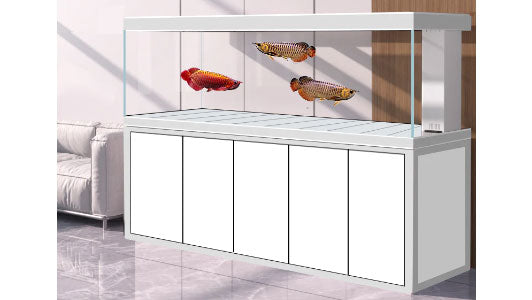

 Coral Reef Aquariums & Supplies
Coral Reef Aquariums & Supplies
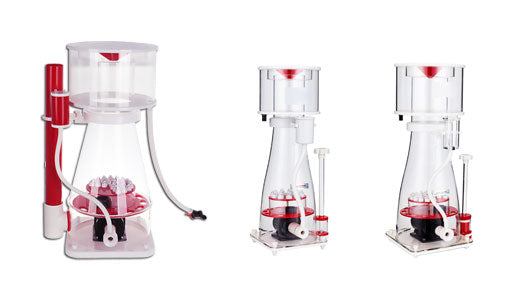

 Garden & Hydroponics & Landscape
Garden & Hydroponics & Landscape
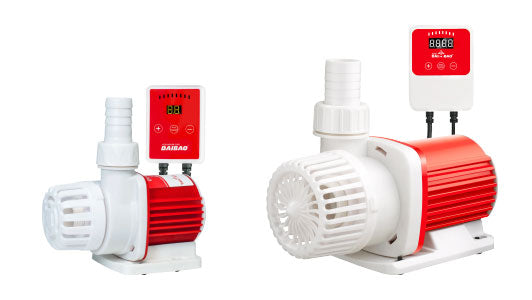

 Ponds & Fountains & Waterfalls
Ponds & Fountains & Waterfalls
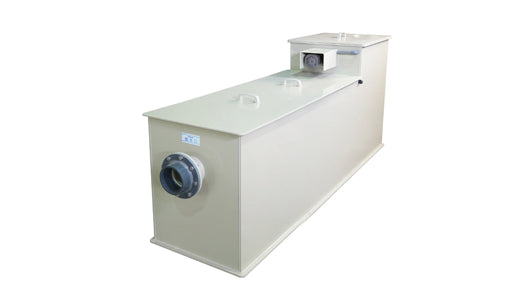

 Drum Pond Filter
Drum Pond Filter
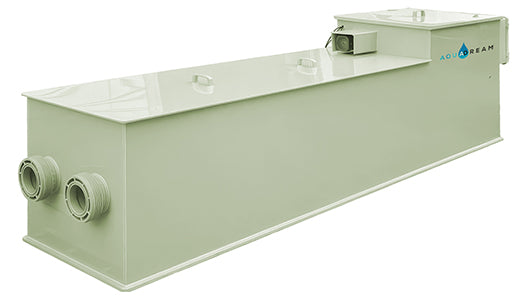
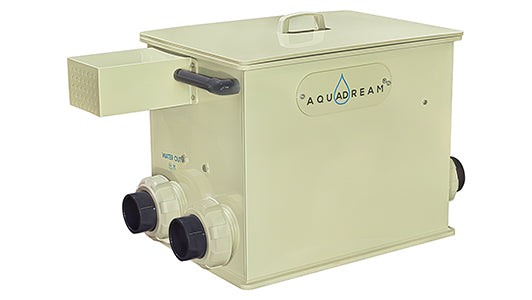

 Community
Community
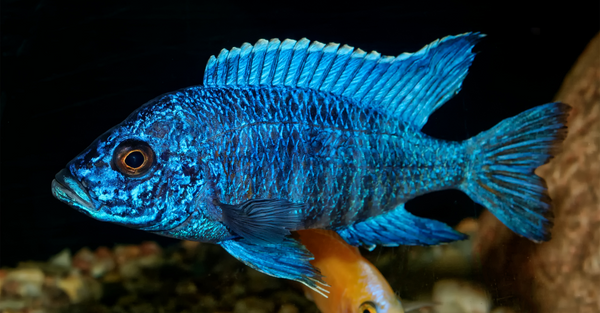
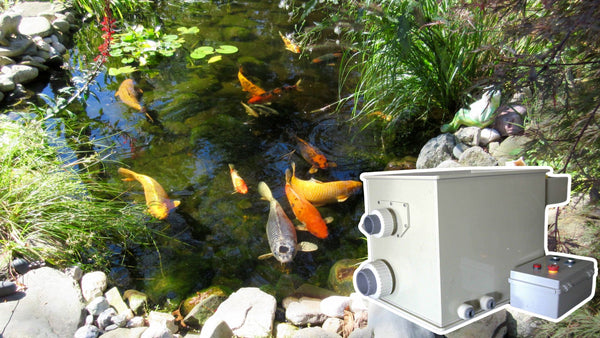

 Help Center
Help Center




.png)
.png)



